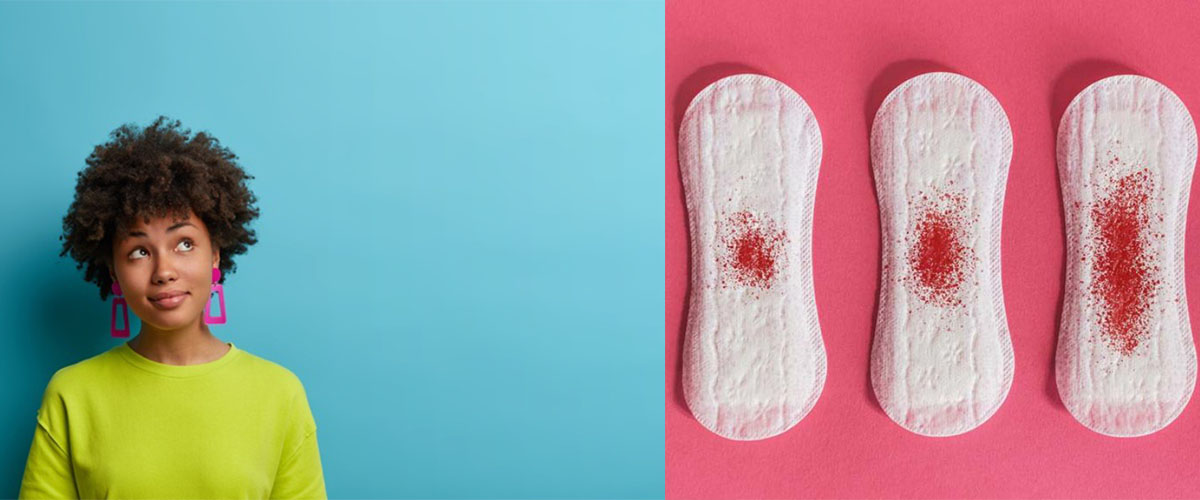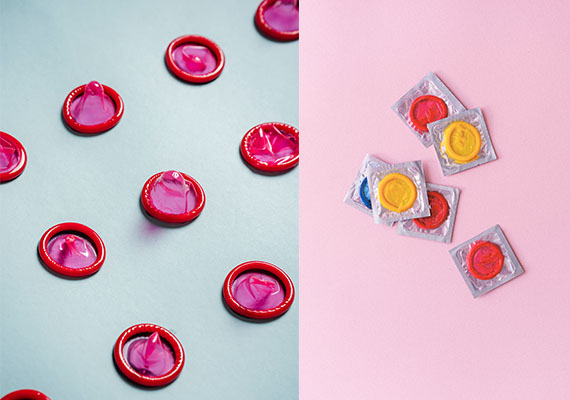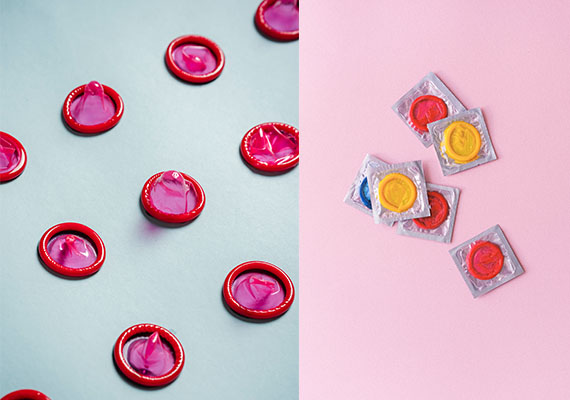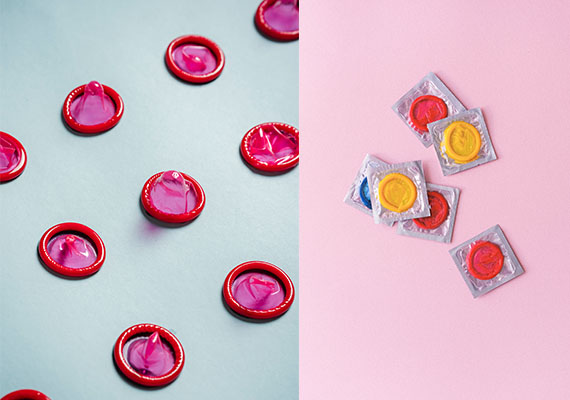Spotting phenomenon explained

Factors such as birth control bills, pregnancy and health conditions can cause spotting in both young and older women.
Spotting is defined as light vaginal bleeding that happens outside of your normal monthly menstrual periods. Spotting is very light blood flow that you can notice on toilet paper after you’ve used the restroom, or in your underwear. It usually only requires a panty liner if you need protection, not a pad or tampon. Research suggestions that if you notice that you're having spotting instead of your period, then you should consider taking a pregnancy test. Several factors can cause this phenomenon as we will see but may not be a reason for concern as they may even be normal depending on your age and other factors.
- Ovulation. This is light bleeding that occurs around the time in your menstrual cycle when your ovary releases an egg. For many women, this can be between 11 days and 21 days after the first day of your last period.
- Birth control. Spotting can happen when you first start using a hormone-based birth control method (hormonal birth control pills, patches, injections, rings, and implants), skip doses or don’t take your birth control pills correctly, change the type or dose of your birth control, use birth control for a long period of time
- Trauma. Trauma to the vagina or cervix such as sexual assault, rough sex, a pelvic exam or an object like a tampon, can sometimes cause spotting.
- Sexually transmitted infections. STIs such as chlamydia or gonorrhoea can cause spotting between periods or after sex. Contact your doctor if you suspect an STI as many can be treated with minimal complications when diagnosed early.
- Pelvic inflammatory disease. Abnormal bleeding between periods is a common symptom of pelvic inflammatory disease (PID).
- Implantation bleeding. Spotting may occur when a fertilized egg attaches to the inner lining of your uterus. Implantation bleeding does not pose any danger to an unborn baby except when it is heavy.
- Other causes of spotting may include early pregnancy, Perimenopause, uterine or cervical polyps (small abnormal tissue growths), fibroids, stress, certain medications, cancer among others. Also, certain medical conditions, such as diabetes, liver disease, kidney disease, and bleeding disorders, may cause spotting between your periods.










